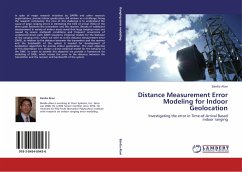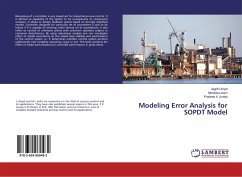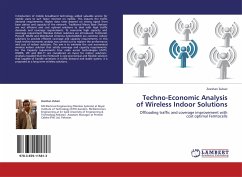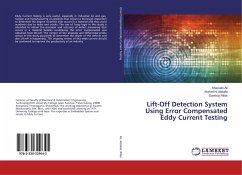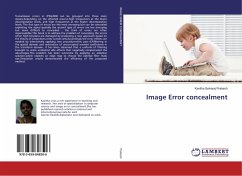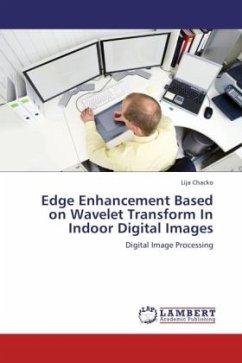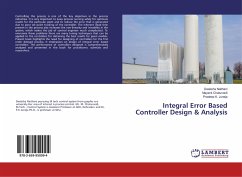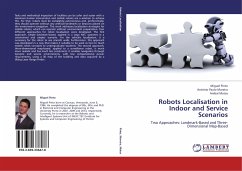In spite of major research initiatives by DARPA and other research organizations, precise indoor geolocation still remains as a challenge facing the research community. The core of this challenge is to understand the cause of large ranging errors in estimating the time of arrival (TOA) of the direct path between the transmitter and the receiver. Results of wideband measurement in variety of indoor areas reveal that large ranging errors are caused by severe multipath conditions and frequent occurrence of undetected direct path (UDP) situations. Empirical models for the behavior of the ranging error, which we refer to as the distance measurement error (DME), its relation to the distance between the transmitter and the receiver and the bandwidth of the system is needed for development of localization algorithms for precise indoor geolocation. The main objective of this dissertation is to design a direct empirical model for the behavior of the DME. In order to achieve this objective we provide a framework for modeling of DME, which relates the error to the distance between the transmitter and the receiver and bandwidth of the system.
Bitte wählen Sie Ihr Anliegen aus.
Rechnungen
Retourenschein anfordern
Bestellstatus
Storno

